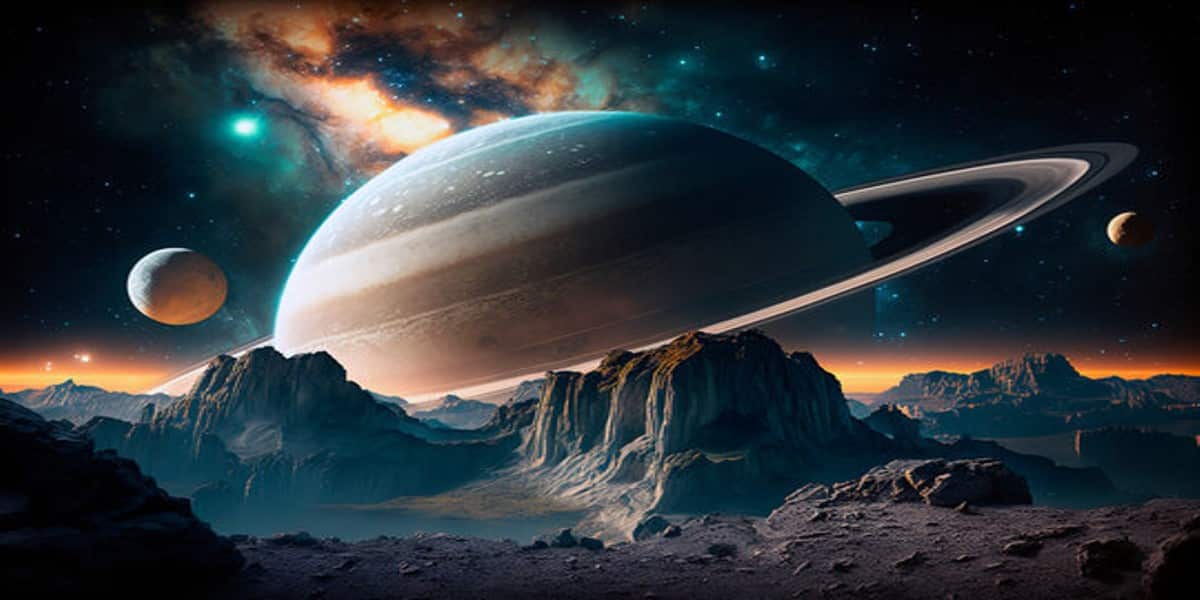Humans Could Never “Land” on Jupiter, Saturn, Uranus or Neptune
Doodlebrary
- Humans could never “land” on gas giants like Jupiter, Saturn, Uranus, or Neptune.
- These planets are fundamentally different from terrestrial planets like Earth, Mars, or the Moon, and they present a variety of challenges that make landing on their surfaces impossible with current technology and our understanding of planetary science.
- Here are some of the main reasons why landing on these gas giants is not feasible:
- Lack of Solid Surfaces: Gas giants do not have solid surfaces like terrestrial planets. Instead, they consist primarily of gas, with no defined, stable surface to land on. As you descend into their atmospheres, the pressure and temperature increase dramatically, eventually reaching levels that are beyond what any spacecraft or human-made materials can withstand.
- Extreme Pressure and Temperature: As you move deeper into the atmospheres of gas giants, the pressure and temperature become extreme. The pressures on Jupiter and Saturn, for example, are so high that they can crush spacecraft and instruments. The temperatures also increase significantly, and the gases become increasingly dense, making it impossible for human-made spacecraft to survive.
- Lack of Solid Ground: Gas giants do not have a solid ground to land on, so there would be nothing to anchor a spacecraft to even if it could survive the extreme conditions. The spacecraft would eventually be crushed or melted by the planet’s intense atmospheric pressures and temperatures.
- Hostile Environment: The atmospheres of gas giants are composed primarily of hydrogen and helium, along with other gases, and they contain no breathable air. Additionally, the intense radiation from these planets’ magnetic fields would be lethal to humans and electronic equipment.
- Given these challenges, any attempt to “land” on Jupiter, Saturn, Uranus, or Neptune would require technology and materials far beyond what we currently possess.
- Instead, missions to these planets typically involve sending spacecraft that can study their atmospheres, magnetic fields, and moons from a safe distance without attempting to land.
- These missions have provided valuable insights into the nature of these distant worlds, but direct human landings are not within our current capabilities.
